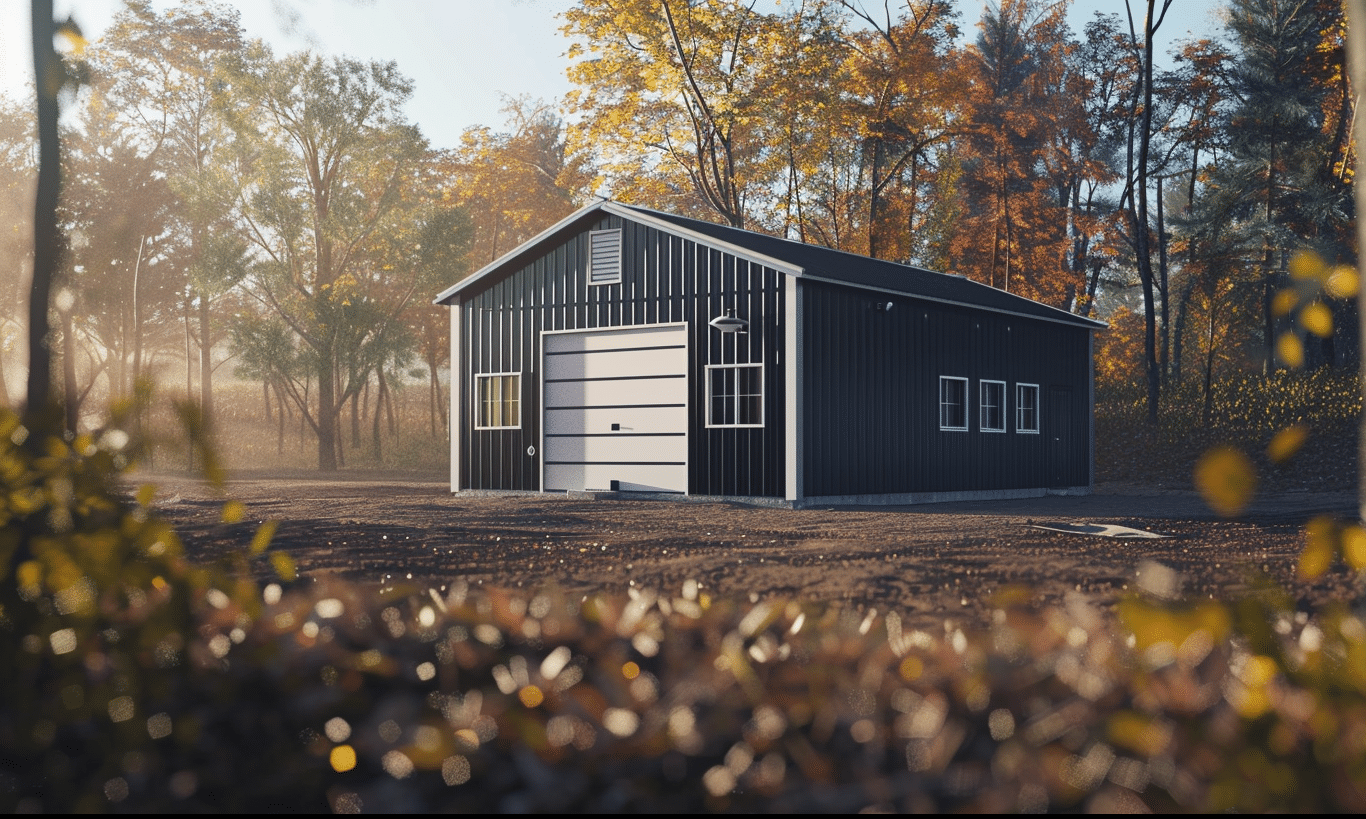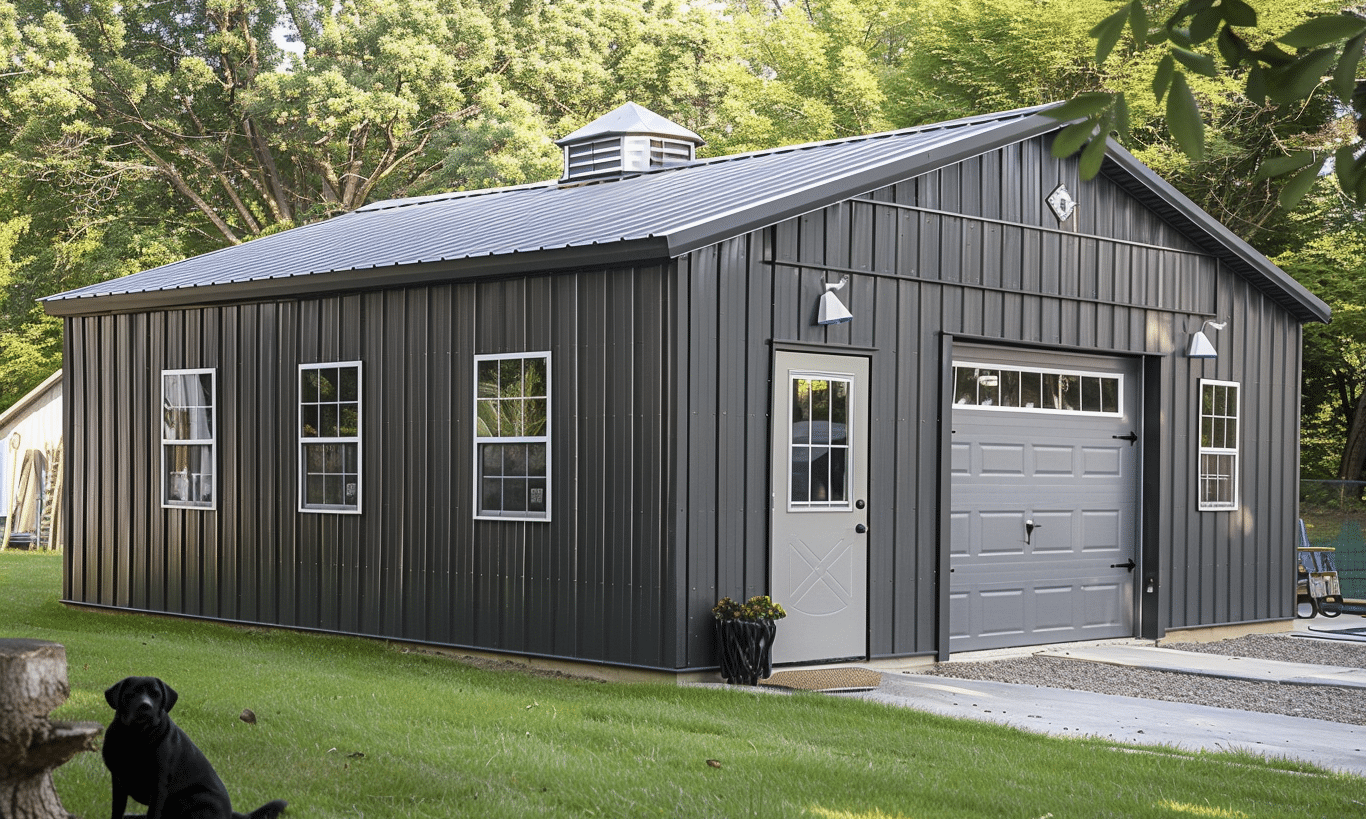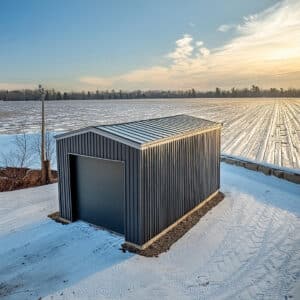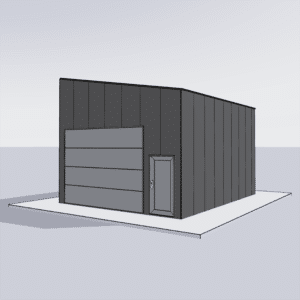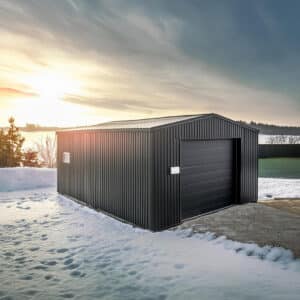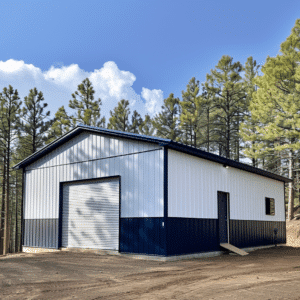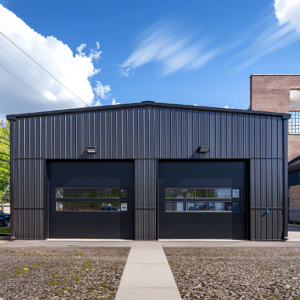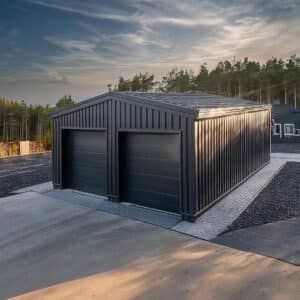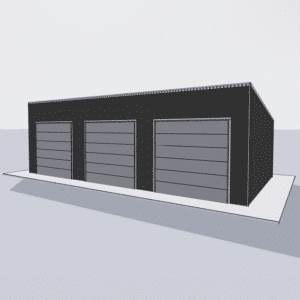How the Steel Building Industry Has Transformed Post-Pandemic
In recent years, the world has undergone unprecedented changes, and the construction industry is no exception. The demand for steel buildings, a cornerstone of modern construction, has evolved significantly post-pandemic. This transformation is driven by multiple factors, ranging from supply chain adjustments to shifts in market needs. But how exactly has the demand for steel buildings changed in the post-pandemic landscape, and what does the future hold?
The Landscape Before the Pandemic
Before delving into the post-pandemic shifts, let’s first understand the pre-pandemic baseline. Steel’s durability, affordability, and versatility have long made it a favorite material in the construction industry. From skyscrapers to warehouses, steel structures offer numerous benefits, including resistance to natural disasters and reduced maintenance costs. However, despite these advantages, various sectors in construction experienced fluctuations due to changing market dynamics, economic conditions, and technological advancements.
Shifts in Demand: Post-Pandemic Steel Building Demand
Since the onset of the COVID-19 pandemic, the demand dynamics for steel buildings have seen notable transformations. One of the primary shifts has been the increased interest in modular construction and off-site fabrication. As construction timelines became stringent, more builders started opting for steel due to its efficiency in modular construction.
The pandemic also highlighted the importance of adaptable spaces. Many businesses, faced with the challenge of restricted contact, sought structures that could be easily reconfigured. Steel buildings, with their inherent flexibility, emerged as a go-to solution. This newfound appreciation for versatility has been a significant driver in the post-pandemic steel building demand.
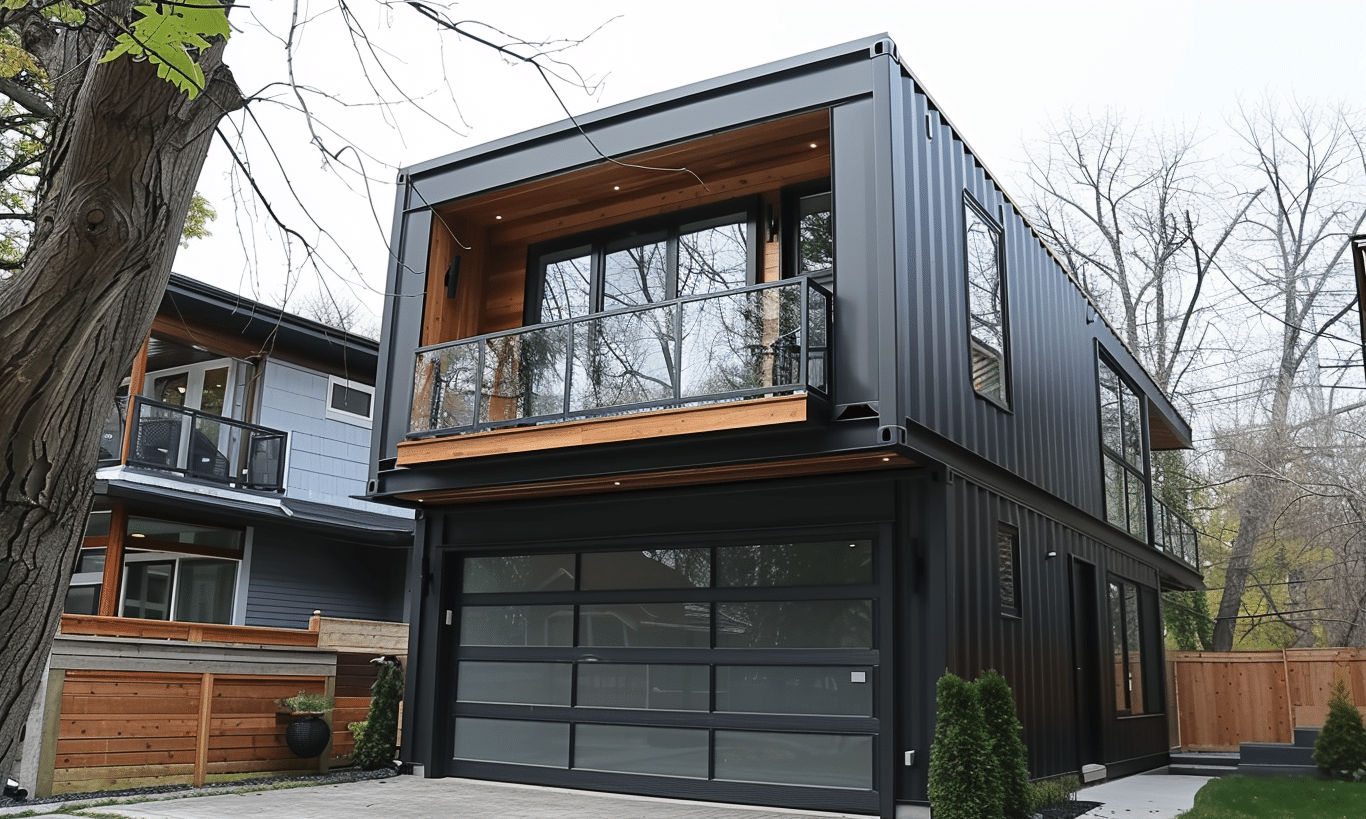
Economic Considerations and the Steel Tariff Impact
Economic factors have always been a determinant in construction decisions. The pandemic exacerbated financial constraints, leading to heightened scrutiny of construction costs. The Steel Tariff Impact significantly influenced the market by affecting the pricing structures of steel imports and exports. This, in turn, pushed developers to explore cost-effective solutions within local markets, boosting domestic steel demand.
However, this impact was not entirely negative. The tariffs energized local industries and encouraged innovation in steel production, leading to advancements in time and cost efficiencies previously unexplored.
Exploring Post-Pandemic Trends in Steel Building
The Post-Pandemic Trends have been varied and multifaceted. A notable trend has been the push towards eco-friendly and sustainable construction. Steel, being 100% recyclable, aligns perfectly with the green building trend, attracting environmentally conscious developers.
Moreover, a shift towards decentralized workspaces has led to a surge in demand for steel buildings in the form of logistics hubs, warehouses, and distribution centers. As remote work reshaped economies, companies sought to diversify supply chains and logistics, leading to an increased need for new infrastructure to support these operations.
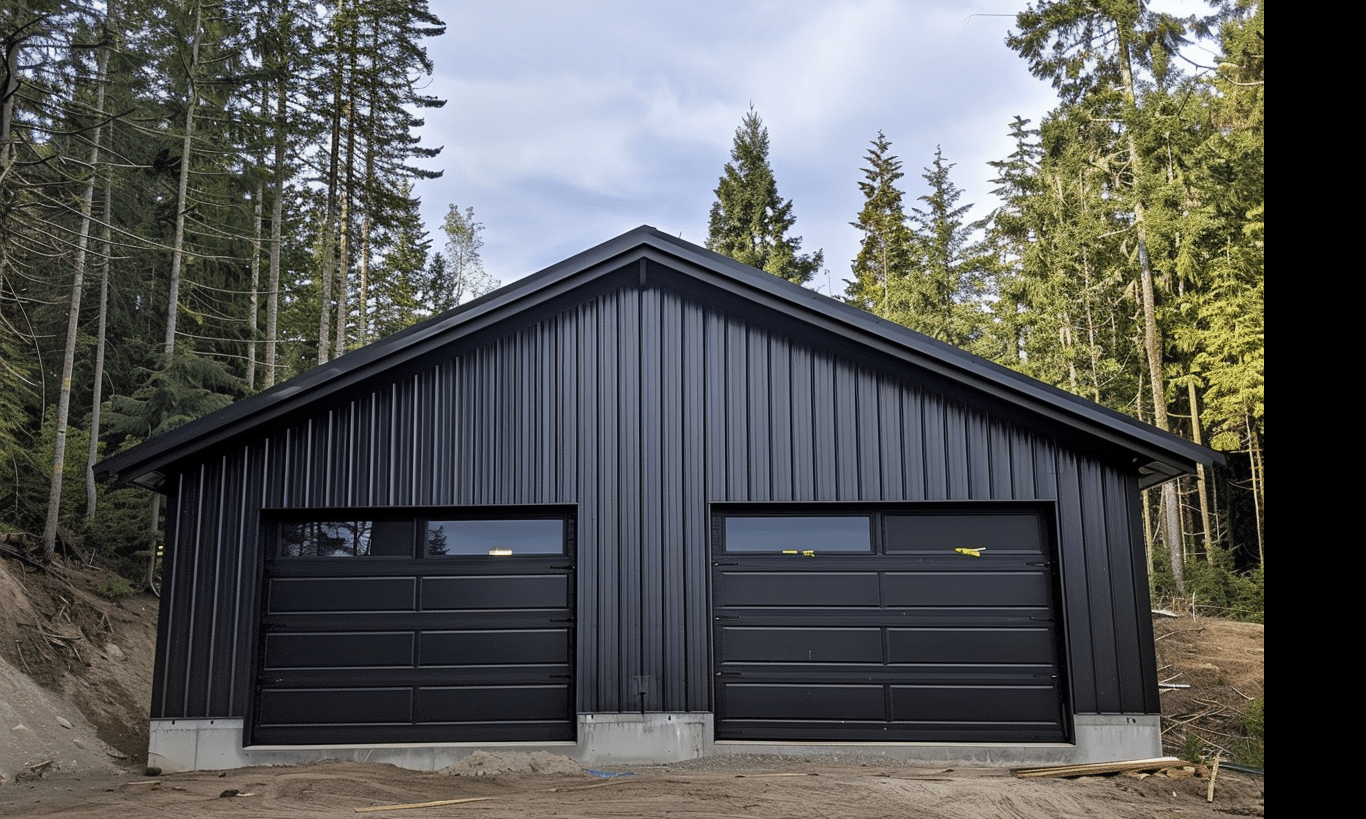
Updates on Steel Construction Techniques
Technology continues to redefine construction paradigms. Digital tools now allow architects and engineers to leverage steel’s properties better, resulting in contemporary designs and quicker fabrication processes. For more Updates on Steel Construction, look at firms investing in smart technologies and adopting Building Information Modeling (BIM) to optimize efficiency and reduce waste.
Such advances are reshaping the typical steel structure, unlocking possibilities from sleek commercial spaces to innovative residential dwellings.
Pioneering New Commercial Steel Solutions
The demand for steel buildings isn’t limited to just residential projects. Commercial spaces are being reimagined to suit the changing demands of businesses. Providing tailor-made solutions with steel is at the forefront of this shift. With the ability to support expansive floor plans and accommodate cutting-edge facilities, steel is increasingly the preferred choice for innovative design. Explore more about Commercial Steel Solutions and see how they’re shaping the future of industry standards.
Conclusion
The post-pandemic world has undeniably reshaped the construction landscape, bringing the advantages of steel buildings to the forefront. As industries continue to adapt to new realities, steel stands resilient, offering versatility, sustainability, and economic efficiency. Whether adapting to logistical demands or embracing eco-friendly construction, steel buildings are central to the future of construction.
For developers, builders, and investors, understanding these evolving dynamics represents both a challenge and an opportunity. The future of steel building demand remains dynamic and poised for further innovation, marking steel as a cornerstone of modern and future construction. In an era defined by change, steel provides a bridge between traditional reliability and cutting-edge efficiency, ensuring its place in the industry for years to come.
